How to be on high alert for predators at Polentswa Kgalagadi
Polentswa Campsite
Kgalagadi Transfrontier Park - South Africa – Botswana
Unfenced and off the grid camping at Polentswa in the Kalahari
Polentswa Campsite no 3
Polentswa is an unfenced camp in Botswana and is situated just across the border from South Africa and on the other side of Nossob’s dry riverbed in the Kgalagadi Transfrontier Park. It is approximately an hour away from Nossob Rest Camp, which is fenced and is about three and a half hours drive from Twee Rivieren gate at the south of the park.
We spent a week at Polentswa. Camping in an unfenced camp means you have to be on high alert for predators. Before arriving at Polentswa we’d spent three nights at Rooiputs. This is another unfenced camp, about half an hour from Twee Rivieren.
Although we hadn’t experienced predators walking through the camp at night at Rooiputs, we’d seen high jinks of some jackal that caused some havoc, not only when we were there but with other campers too. The last morning before we left we saw a lion walking near to our camp.
This made us wonder what we were going to experience at Polentswa.
Polentswa Campsite no 1
What is Kgalagadi Transfrontier Park, what does it mean and when is it the best time to visit?
Kgalagadi Transfrontier Park is a massive conservation area in Botswana and South Africa. The name means "Land of the thirst" and although not a desert, it is arid with rainfall in summer, between January and April, and less than 200mm per year. It is extremely hot in summer and freezing night-time temperatures in winter but is an ideal park to visit throughout the year.
Exceptionally dry in May 2019
Yet in some areas it is quite green
If you ask anyone what they would like to see in the Kgalagadi, I’m sure the answer would be predators. The big attraction of sightings of cheetah, leopard, brown or spotted hyena, jackal or wild cats and of course the black maned Kgalagadi lions brings visitors to the park. So do birds of prey such as vultures, falcons, eagles, buzzards, as well as many species of mammals and antelope such as gemsbok, springbok, red hartebeest, blue wildebeest. The world’s largest antelope, the eland reside in this park.
Wildebeest
Polentswa
Polentswa is a lovely quiet camp with only three campsites. They each have their own pit toilet and shower cubicle. Our pit toilet (long drop) was quite decent, for a latrine of this nature. In the middle of the day though, it could be a ‘hot seat’ with the sun baking down on it. There is an overflow campsite which is only an opening in the bush without any facilities. Polentswa has no water. If you plan to camp there and are fortunate enough to get a spot, because you have to book well in advance, you would need to bring your own.
For the first four nights we were four couples and for the last three nights we were down to two. No, fortunately the predators didn’t devour two of the couples – they had to leave early. Did I get your adrenaline going? Gotcha!
Camping at Polentswa
Our campsite had a slight slope. It overlooked a large pan and was surrounded with low grass and herbaceous shrubs. A great place for animals to lurk behind. Because we could fit under it (only just!), we were allocated a level spot under a tree.
At first light and after 7 am we would leave camp with our coffee and rusks and drive to the waterhole a few kilometres away and wait in anticipation for animals to arrive. We weren’t disappointed. Here’s why it is worth spending time at Polentswa waterhole.
Brown hyaena walking towards Polentswa waterhole
Spotted hyaena with a carcass
Jackal is tempted…
Spotted hyaena, belly full of food and water
Our ritual in the afternoon would be to light a fire, fill a metal bucket with approximately 5 litres of water per person and heat it over the flames. One of our friends had a shower bucket which he rigged up in the shower cubicle. We would decant the water into that and could each take a turn to have a short but gloriously warm shower every day.
We would eat early in the evening as it is not wise to linger around in the dark.
A few tips on how to be on high alert for predators
It is very easy to be lulled into a relaxed feeling of peaceful existence when sitting around at the campsite, during the day or at night, chatting and having a great time with friends or family. As much as we wanted to see wild animals and especially predators, we could only sit for so long looking through binoculars or gaze into the distance trying to spot them. Your eyes do get tired and you get lazy.
Still, you cannot drop your guard for too long and it is a good idea to be on high alert.
Meerkat or suricate lazing in the sun
Tips
1. Be aware that ANY game can walk through the campsites at any given time.
2. Have a plan of action in case you are surprised by a sudden appearance of a predator.
3. Park your vehicle near your tent and leave it unlocked, in case you need to run…er…let’s rephrase that - walk for cover. Don’t turn your back on a predator. As much as you would want to run, it is not a great idea.
4. Don’t leave food lying around.
5. Don’t leave water in an easily accessible spot.
6. Don’t leave dirty dishes lying around – this will attract animals.
7. Keep litter to a minimum by planning and preparing ahead of your trip for off the grid camping in Kgalagadi.
8. Don’t litter and hang your refuse bags high to avoid animals reaching it; tie it up or find a secure spot for storing it. There were no bins at Polentswa so we took ours with us.
9. Pack everything away including shoes, sandals, chairs, socks … and torches. (our torch was left out in error one night – it has teeth marks!)
10. Avoid walking further than the edge of your campsite during the day.
11. Avoid walking around in the dark on your own. Go in twos to the loo if you haven’t brought a portable toilet.
12. Make sure you have a bright torch, but it is not necessary to light up the campsite as if it is a sports stadium.
13. If you bring young children to an unfenced camp (which I personally feel is not such a great idea), make sure they don’t run around and keep them in the inner circle of the group. They are easy targets for predators because of their size.
14. If you hear animals at night outside your tent, don’t step outside to see what they are doing.
NB: These might not be the only tips to keep you safe from predators. If you have any to add, I would love it if you shared them. I urge you to respect the animals and their territory so that other campers can enjoy the experience just like we did.
Minute mouse, barely bigger than a grape at Polentswa - such a dear little thing
Night-time in an unfenced camp.
Throughout the night we could hear the tree mice above us. Did you know a group of mice is called a mischief? They certainly were that. At first they gnawed the bark like a dog would chew a bone. I wonder how much glucose is in bark because soon after we’d hear the pitter patter of their feet as they leapt from the branch, dashed across the roof of our tent and played games on their canvas jungle gym. I’m extremely thankful they didn’t gnaw our tent – I was waiting for one to find its way inside and cuddle up next to me on my pillow.
Hyaenas aren’t dangerous are they? They’re not like a lion or a leopard, predators that I thought I’d be more concerned about in the Kgalagadi. It turns out hyaenas are the ones to watch out for because they were very active most nights. We even saw them on two occasions before we went to bed – once a spotted hyaena and once a brown hyaena.
The first night after listening to mouse escapades, shortly after falling asleep, we woke up to a loud clang and something being crushed. We of course didn’t go out to investigate, but knew it was the metal water bucket. The following morning we found hyaena paw prints around our camp. The bucket was lying on its side and a 5-litre water bottle that was almost empty and had been left on the ground in error, was squashed with evidence of teeth marks. Predators are known for looking for water at the campsites.
We were fortunate with the weather as the days were still hot for May, generally just above 30 degrees C. At night it was cool, but not icy.
Camelthorn at Lijersdraai - Acacia erioloba
Cooking a brunch at Lijersdraai
Bacon and sausage chef, Mike
Sue cooking an omelette
Other activities while we were at Polentswa
Apart from spending time at waterholes looking for animals or following spoor to see if we could find predators, we drove to Lijersdraai picnic site and stopped for a comfort stop or a brunch. Picnic spots, rest camps and campsites are the only places you are allowed to exit your vehicle. It is still a good idea to have a good look around at the unfenced campsites and picnic spots before getting out, in case there is a lion lying under the shade of the building where the toilet is.
One day we drove past Grootkolk to Unions end. The Kgalagadi is dry in patches and yet in other places it looks like a bowling green. We found more game at Unions end and yet it is the furthest point in the park on the South African side. On the way we were fortunate to see an African wild cat that another couple from Australia pointed out. Much too far away for us to take a photo.
Union’s End
How far to Union’s End?
Springbok near Union’s End
Seemed like all the animals gathered near Union’s End
Bread going walkabout
Not bad for a bread that tried to get away…very tasty too!
In all the time we spent at Polentswa (a full week) we heard lion once at night, but far from camp. We saw plenty of evidence that they were strolling around, but not once did we see them.
Just before you enter Polentswa campsite there is a grave with a sign and a kettle hanging in a tree. This is in memory of Hans Schwabe, a German geologist from Namibia (formerly known as South West Africa).
This is his story:
“The huge Kgalagadi Transfrontier Park – the setting of much of the book – straddles the South African/Botswana border in the far south of Botswana. It began modestly with the proclamation of the Kalahari Gemsbok National Park in South Africa in 1931. From then on, a family, called Le Riche, became synonymous with the management of the new national park. A few years later, when Britain proclaimed a game reserve across the border in Bechuanaland (now Botswana), Joep Le Riche was asked to manage that also.
Thus, a very small group of men protected a huge area of semi-desert. Even in the apartheid years, the two countries co-operated. There was no choice.
When Michael first visited the area as a child in the 1950s, Joep Le Riche was keeping a firm hand on the South African area and a keen eye on what would later become the Botswana Gemsbok National Park.
At that time no diamonds had been discovered in Botswana, although there is a rumour that De Beers knew about at least one of the deposits and kept it quiet until after independence, perhaps out of concern that such potential wealth might derail the independence process. But lots of people were looking around, convinced that the rich alluvial diamond deposits of the Atlantic coast to the west had to have come from somewhere in the interior.
One such man was a German geologist from South West Africa (now Namibia) named Hans Schwabe. He regularly travelled through the south of the Kalahari Gemsbok National
Park and sometimes visited Joep Le Riche on the way. On the afternoon of 20th October 1958, he joined Joep for coffee as he often did at his home at Twee Rivieren – the gateway to the area, where two large, dry rivers meet. However the conversation took a strange turn. What did Joep think of the possibility of finding diamonds in the Kalahari? Hans enquired. Would it be possible to get permission to do some prospecting? Joep laughed. Stories of a diamond bonanza in the Kalahari were nothing but fables and rumours. He had lived there all his life and seen nothing. As for prospecting, it was strictly forbidden in a national park. He went on to tell Hans that he had recently evicted a prospector from the area. He was particularly scandalized that the man was on horseback. To lions, horses are prey. Hans feigned a lack of interest.
Shortly after that Hans took his leave. He drove off along the Auob riverbed towards South West Africa as Joep expected, but shortly after leaving the camp he hid his car in a clump of blue pea bushes and waited. When there was no sign of anyone following, he carefully cut across to the Nossob road, heading north along the Botswana border. At Kwang Pan he parked his car and headed into the veld to prospect for diamonds.
A day later the Bechuanaland police phoned Joep to tell him that an abandoned car had been found. They didn’t have the manpower to search for the occupants, and he agreed to do so. With his son, two constables, and a Bushman tracker, Joep set out on the Nossob road. As soon as he saw the car, he recognised it as Hans Schwabe’s Oldsmobile. They got out and looked around.
There were a number of curious things. There was a note from Hans which read: “No water for the car, no water for myself, no food, follow this road. Monday 8am. H Schwabe.” Two sets of tracks led from the car and one led back. Joep checked the radiator. It was full. Water was at Rooikop, 15 km south. But by the tracks, Hans had walked north.
The group started following the second set of tracks away from the car. Soon they climbed out of the riverbed and continued along the calcrete ridge. The trackers spotted signs of prospecting – rocks chipped; sand sieved. “He is digging his own grave,” said Joep. “We must hurry; soon the sun will set.”
Shortly after that they came to a high point. In the distance they saw a tree in which a vulture sat. Under the tree they found the remains of Hans Schwabe, his body already mutilated by predators. There was nothing to do, and he was on the Bechuanaland side of the border. They agreed that it was best to bury the body right there. They did so, covering it with a cairn of stones. Joep scratched the words: “Here lies Hans Schwabe. Died 22.10.58.” The grave can be seen to this day.
We first heard this story from our friends Peter and Salome Comley in Kasane, then again from Jill Thomas at Berrybush Farm. A friend who enjoys following the trails of the old explorers through Namibia and Botswana – Wulf Haake – showed us the above account (in Afrikaans) in the book Gee My ‘n Man! by Hannes Kloppers published in 1970 and long out of print. It’s an intriguing story leaving many questions unanswered. What were these lone prospectors looking for along the dry Nossob River? Why did Schwabe pretend to be out of water when such was obviously not the case? How did he become disoriented so soon and then die so quickly with help not far away? Was he attacked by lions? If so, why were they not on their kill? And another conundrum. The accounts differ in some respects but all put the date of the visit to Joep on the 20th or 21st of October, while the note said ‘Monday 8am’. Yet the 20th October was itself a Monday.
”
Secretary bird
Sociable weaver’s nest in tree with weavers being sociable. Click to enlarge photos.
Nossob Rest Camp
After a week at Polentswa, we spent two nights at Nossob Rest Camp. This camp is well equipped but also busy with many campers. There is a shop where we stocked up on a few items for the next week.
We chose to stay in camp and not drive around as we’d have a long journey on the Sunday. Instead it was time for a bit of pampering with running hot water (not that we could complain about our showers at Polentswa), flushing loos, washing of clothes and fixing anything that was broken from the corrugated roads – such as the bracket for our auxiliary battery for our freezer.
While we were there we heard lion close by at about 5 am. Around 8 am we heard them again, much closer. They were walking towards the waterhole in front of Nossob camp. We sat in the hide which looks out onto the waterhole with our early morning coffee (along with just about everyone else from camp) and caught a vague glimpse of two heads hiding behind the dunes and bushes about 500 meters away. One is never sure how long they will lie there, so we left them to their snooze and continued with our maintenance.
We were preparing for the next bit of adventure to Mabuasehube. More about that next time!
Related Posts:
High jinks of a jackal at Rooiputs campsite Kgalagadi Botswana
Why it is worth spending time at Polentswa waterhole
What you need to know about Kgalagadi Transfrontier Park
What you can experience in the Kgalagadi
How to prepare for off the grid camping in Kgalagadi
Itinerary and route to Kgalagadi Transfrontier Park
Camping adventures in the wild at Mabuasehube Game Reserve
Pin to refer to later
Find me on Social Media:
Step by step instructions on how to leave a comment on my blog:
Type in your comment in the comment box.
Click ‘Post Comment’
Briefly a message should appear saying you are not logged in, then a box with ‘Post a Comment’ will appear for you to complete with your name, email address and website URL (if you have one).
Fill in your first name and email address in the appropriate section. (Your email will not be made public and will not be used for any other purpose than for you to get a notification of a reply to your comment.)
Click ‘Comment as Guest’ and you’re good to go!
To subscribe to my blogs, please fill out the SUBSCRIBE form.
Thank you.
I know it is quite a process, but it helps keep our websites secure. Your email address will not be shared or displayed.

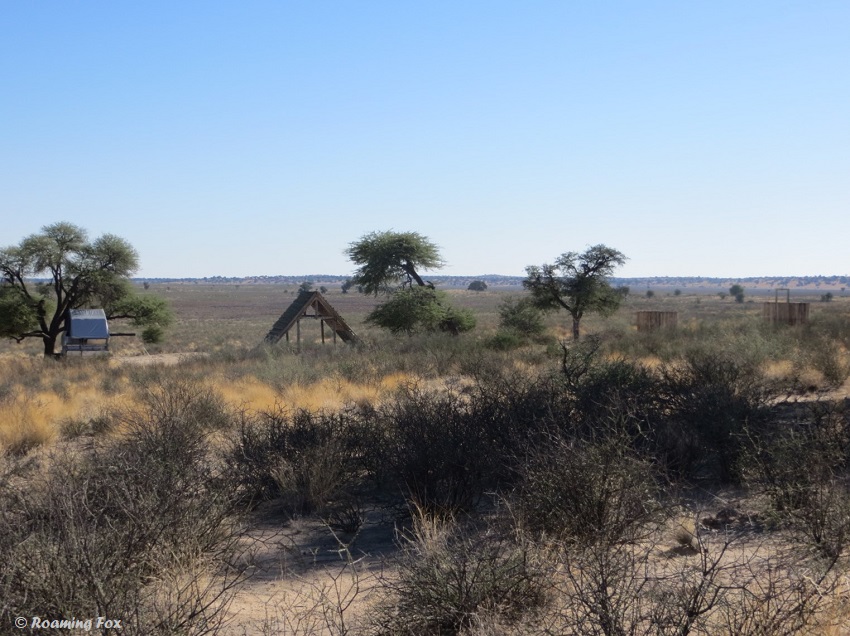
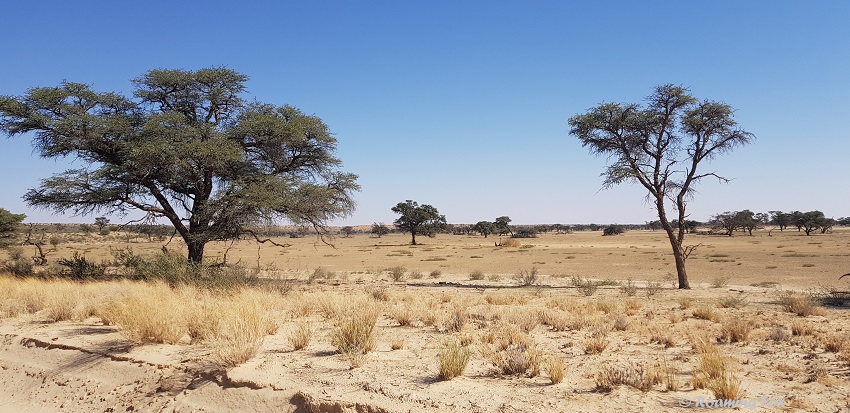




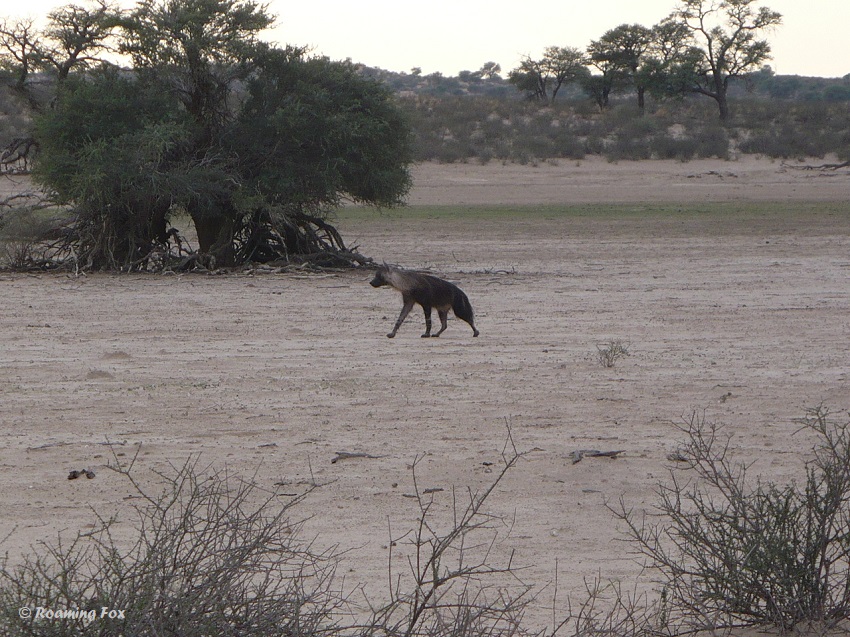


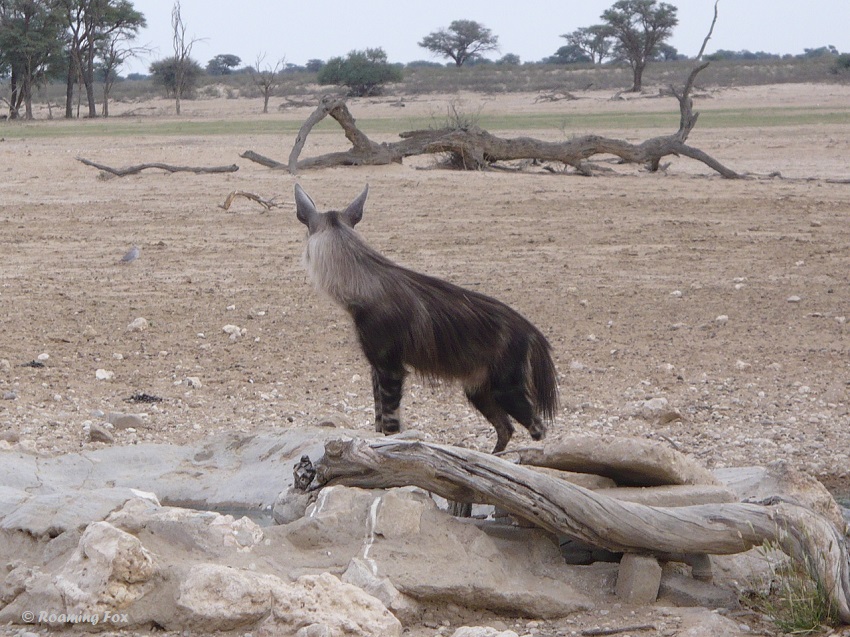
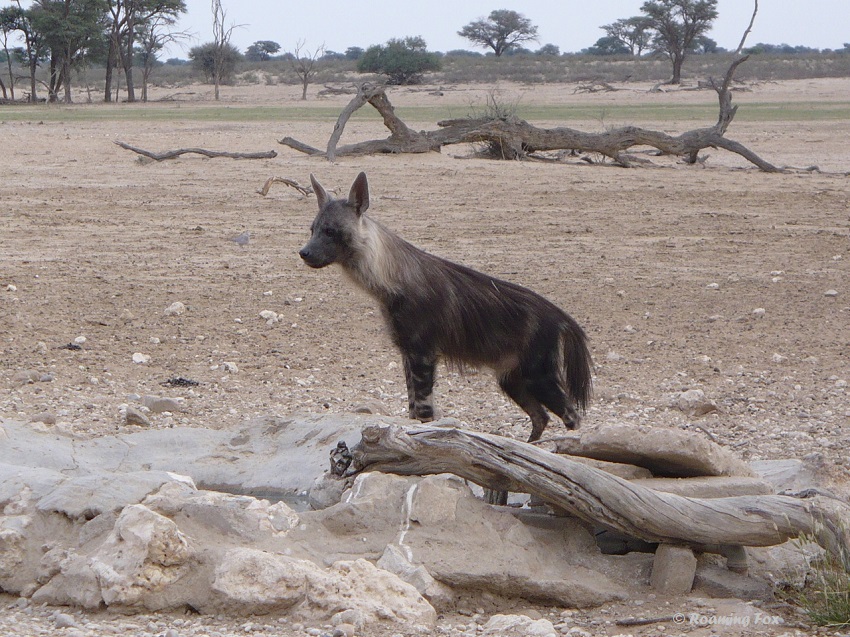
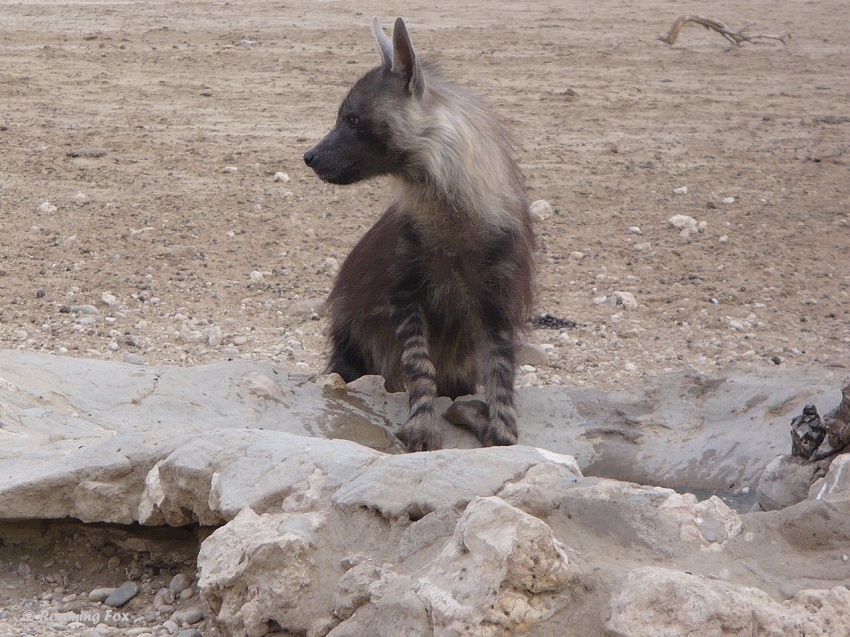
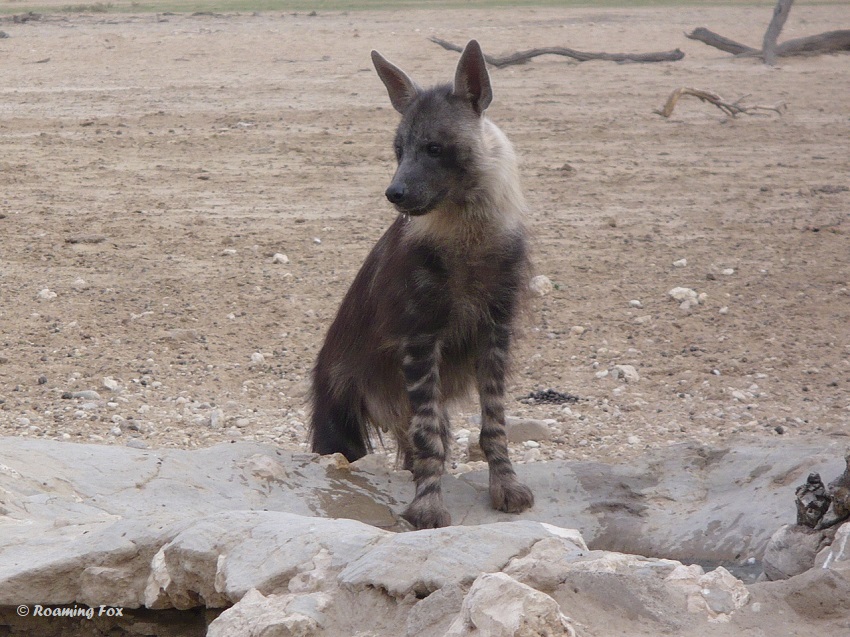
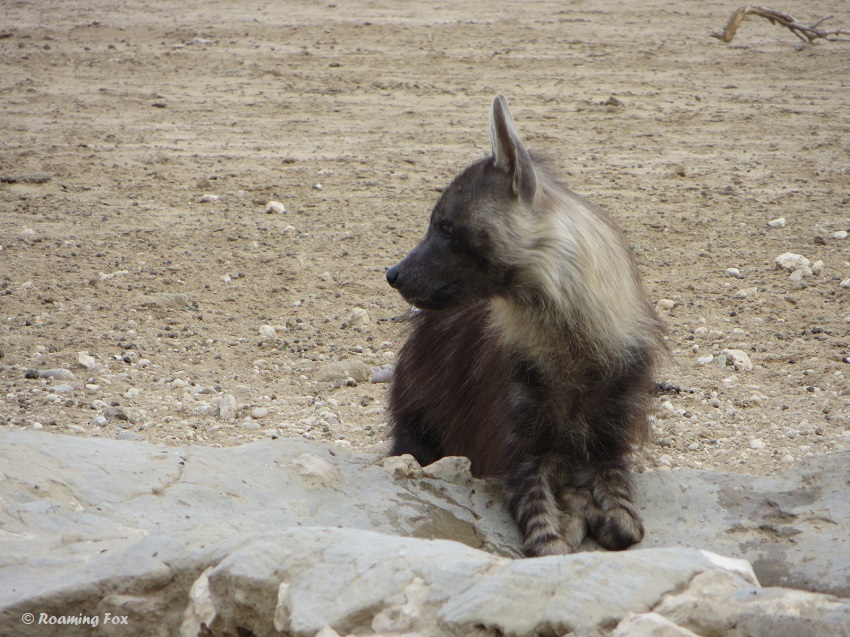





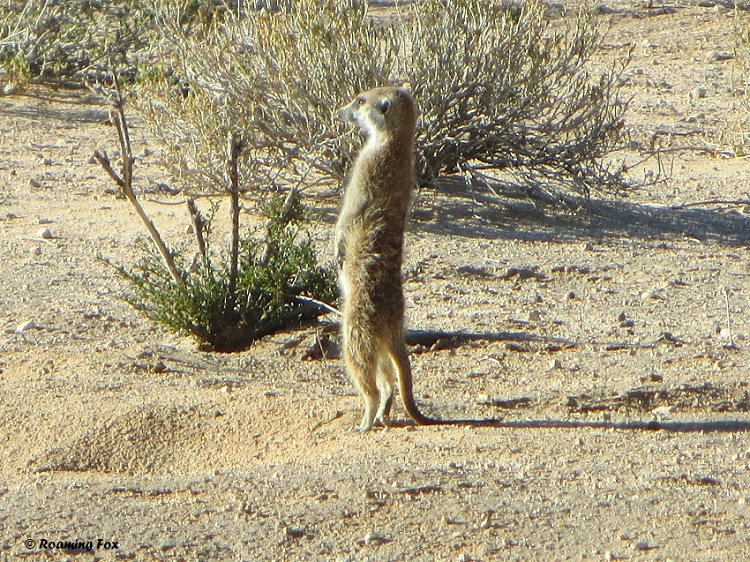


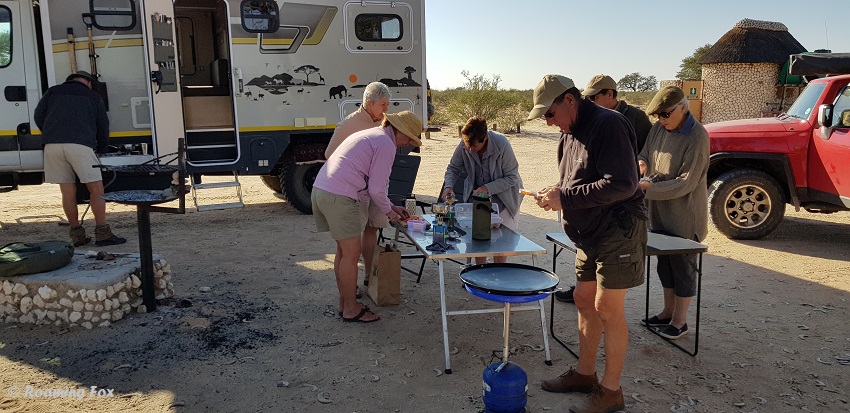




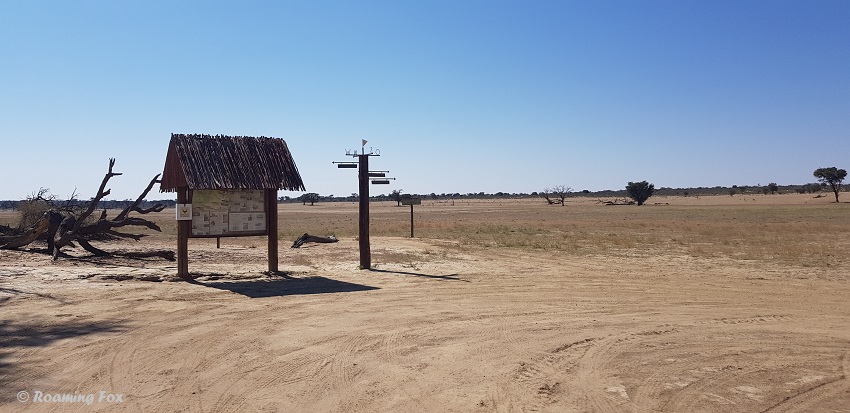


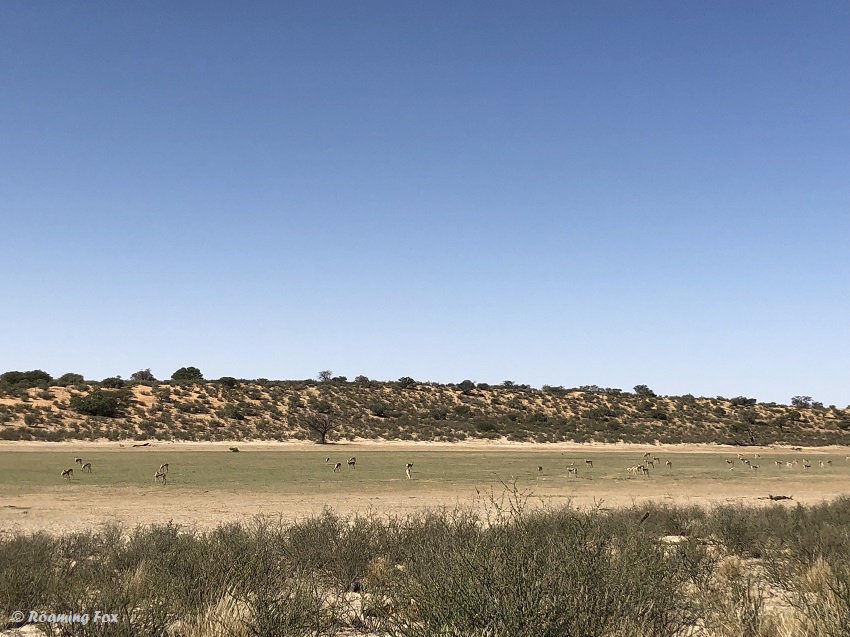



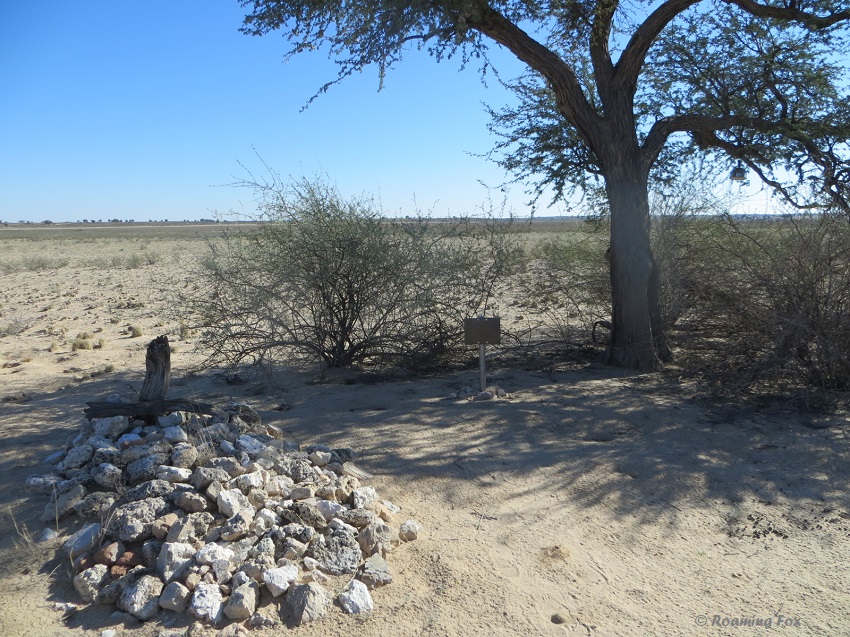
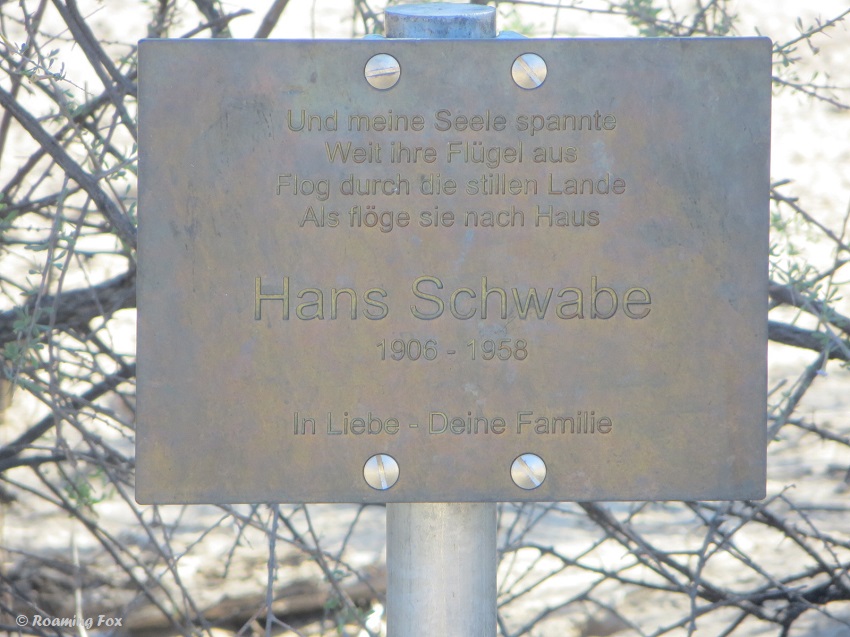






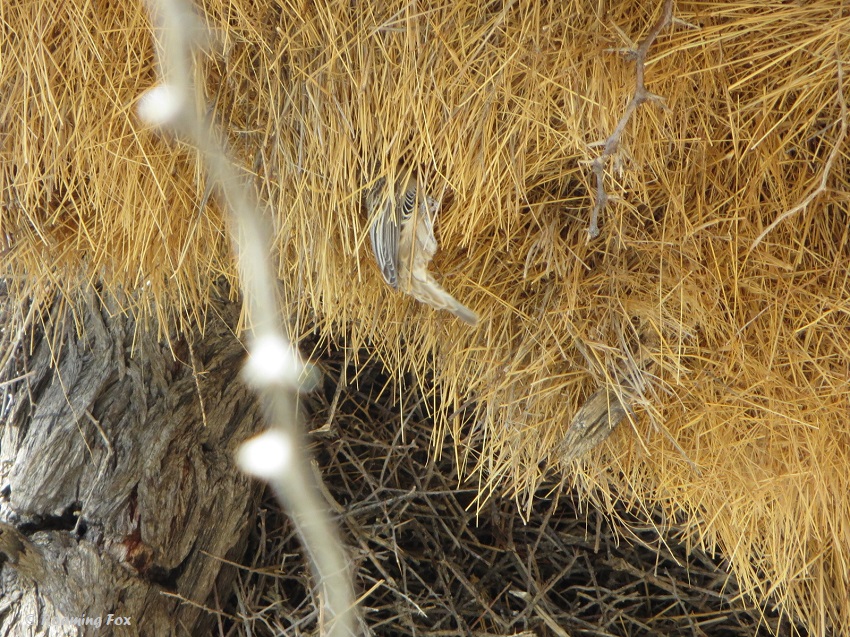
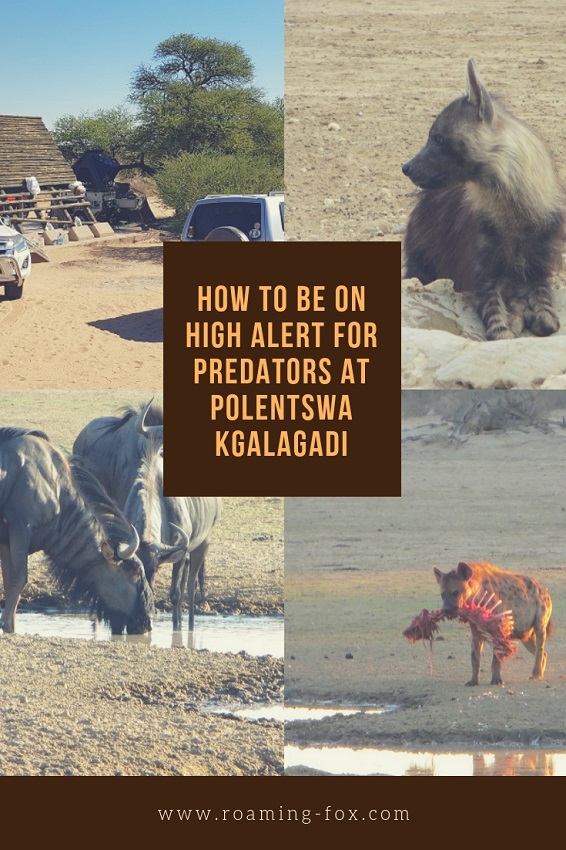
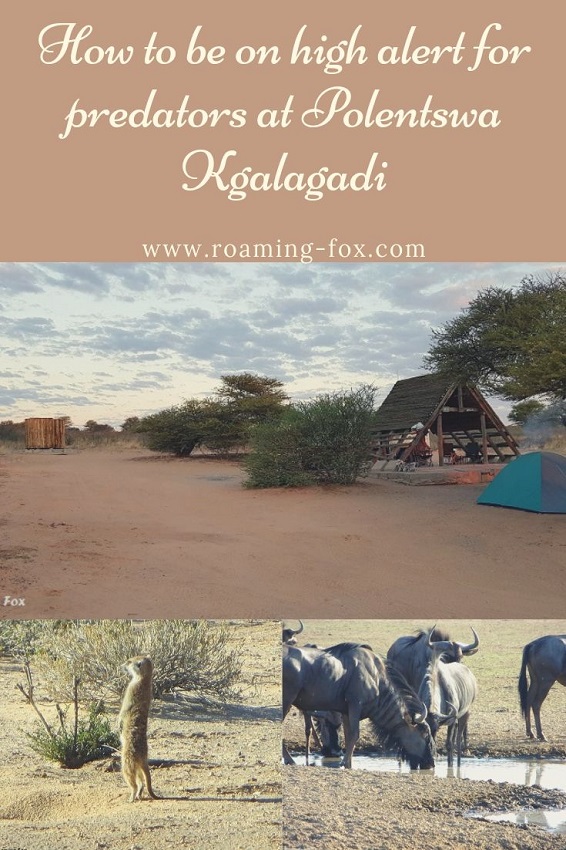
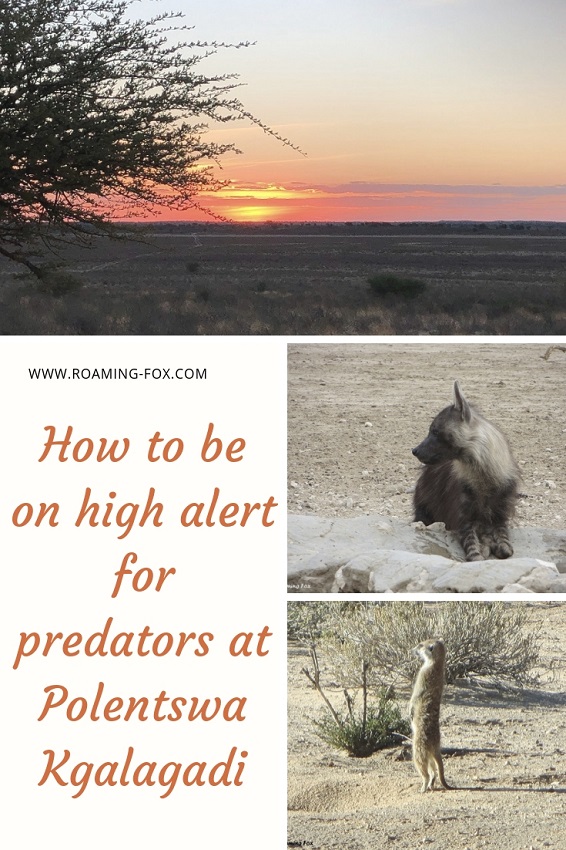



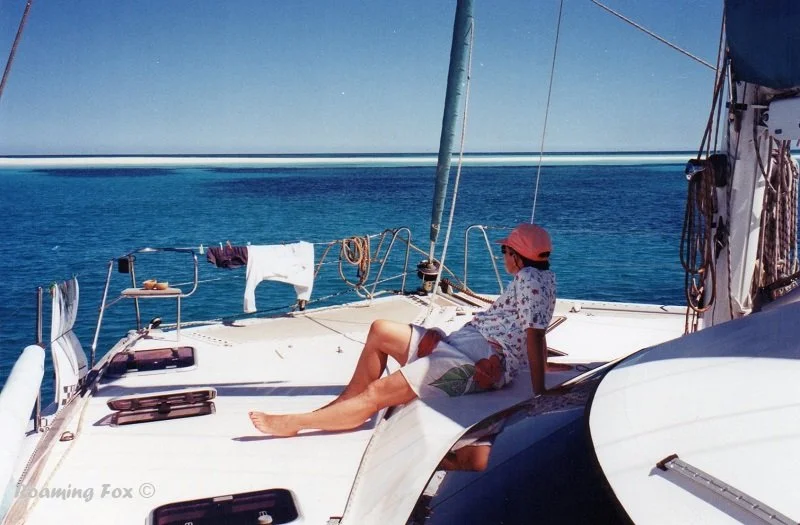
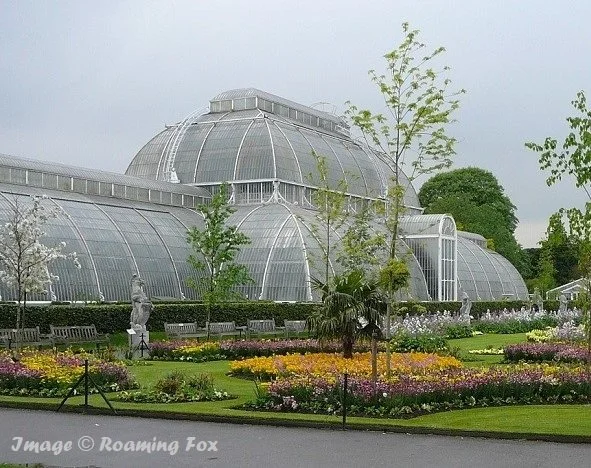



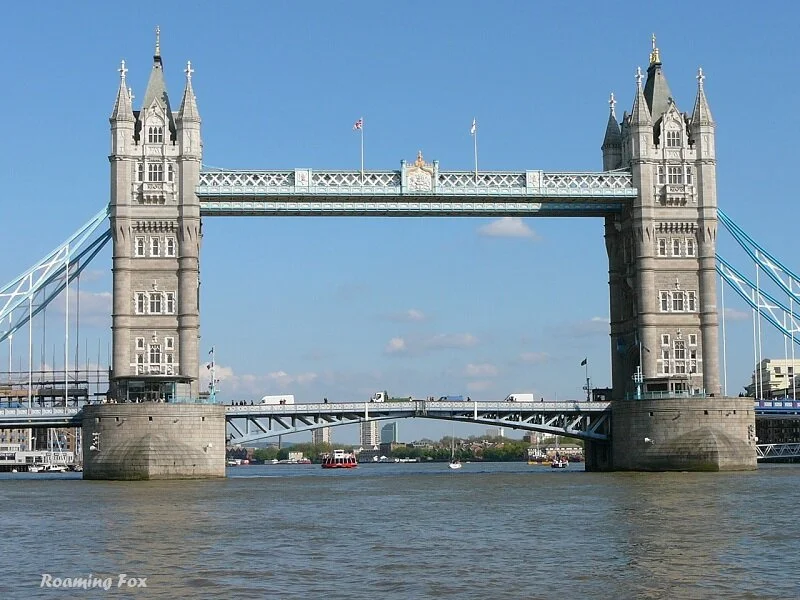

Looking for travel inspiration when you visit the land down under? Or are you wanting an insight into some of the Australian culture? Think of Australia and you think of beaches, barbies and beers, right? A relaxed lifestyle thrown in with no worries. There’s that but there is more.